An RAF Puma helicopter based at Kinloss has supported the NHS in Scotland with the first transfer of a critically ill patient from the Isle of Arran.
Three Pumas are currently based at Kinloss Barracks in Scotland as part of a new Aviation Task Force which was set up to support the government’s response to coronavirus.
“The crew were called at 0100 on Wednesday to support the transfer of a critically ill patient from the Isle of Arran to the University Hospital Crosshouse in Kilmarnock after the patient showed severe symptoms of coronavirus. The three-person helicopter crew flew to Arran, where they landed at Knockenkelly and met the emergency medical care team on site.”
UK Government minister for Scotland, Douglas Ross, said:
“I would like to wish the patient a speedy recovery and thank the team from Kinloss Barracks who were involved in the airlift. This is another example of the fantastic effort the UK’s Armed Forces are providing to support patients across the UK and help health professionals tackle coronavirus.”
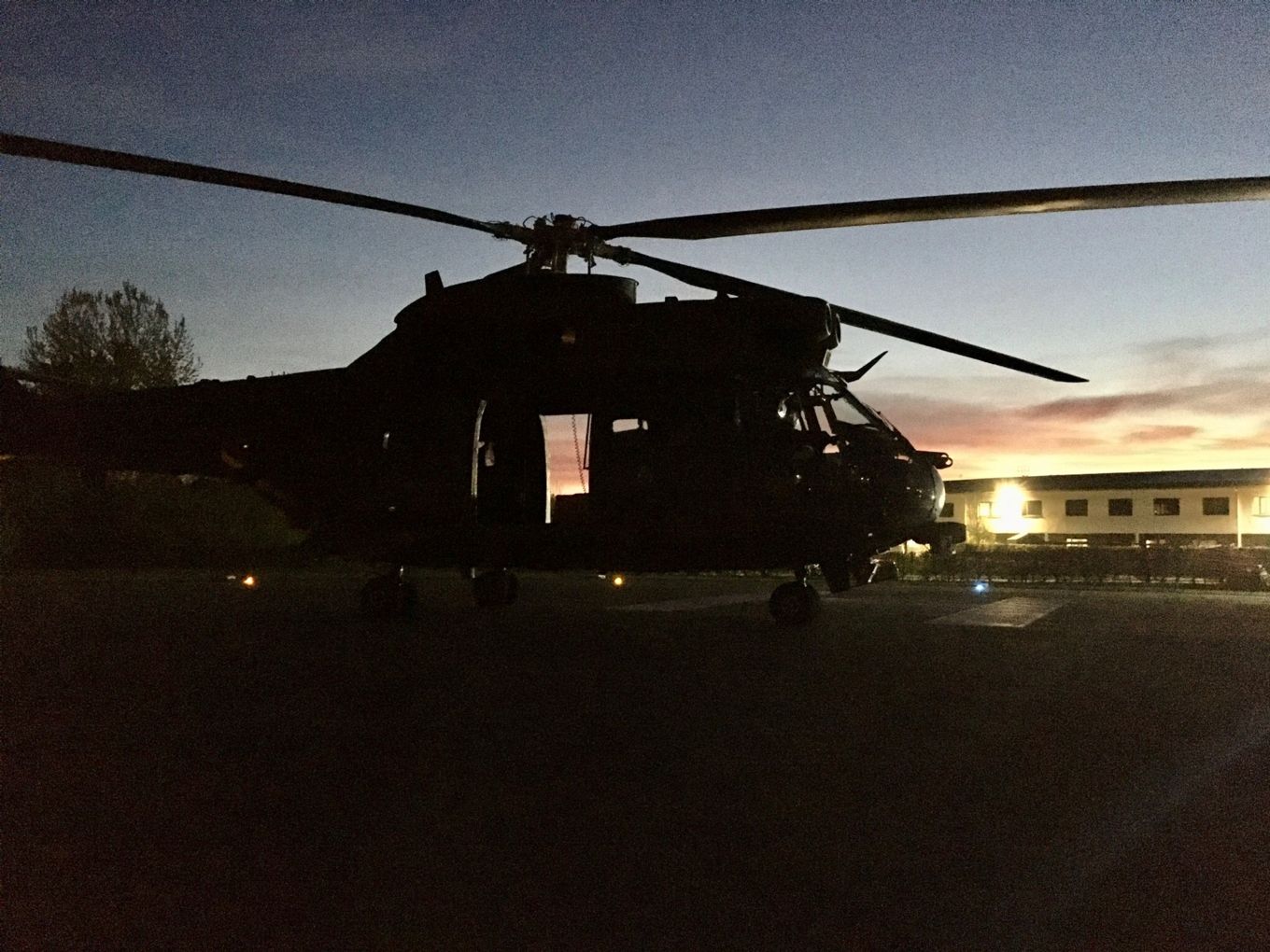
Defence Secretary Ben Wallace said:
“Today’s medical evacuation is a great example of the UK Armed Forces’ ability to support our most remote communities across the Highlands and Islands of Scotland. I am proud of the skill and professionalism of our personnel and their support to colleagues in the NHS and social care.”
The Scottish Ambulance Service have significantly increased capacity for airlifting patients off the islands and to ensure that any patients from our island communities, including those with coronavirus symptoms, can be transported to receive the appropriate healthcare when they need it.



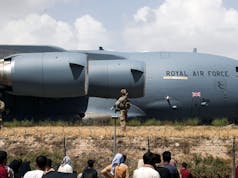

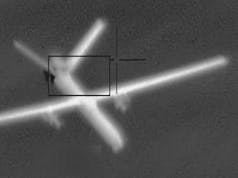
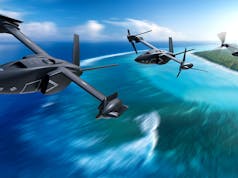
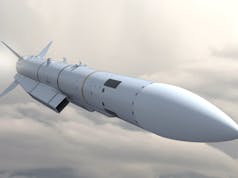
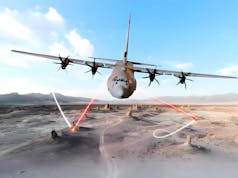




I wonder what will replace the pumas.
The MoD will be keenly watching the US Army future medium helicopter competition being the gold plated solution. The AW169 could be in the running as a cheaper alternative.
Just to add wrt US FVL program interest that in Jan 2020 the Under Secretary for Defence made the following comment towards the end of a UK Defence Rotary Strategy discussion.
“As we develop our future operating concept for our modernised force and consider what that means for our rotary-wing strategy, we must be mindful of certain technological improvements” and “… we make the right decisions about future capability to avoid fielding capability that is already near obsolete.”
Source: Search for “UK defence rotary strategy”
As much as it would be nice to support local businesses (not that Leonardo British owned), i can’t help thinking that in order to get the capability our troops need we need to piggy back off the US to keep costs down.
The Wildcat is a good helicopter, but was stupid expensive for what it is, and that has meant it doesn’t have a lot of capabilities it should have like data links etc.
We need to replace the Puma with something that can act on the front line also, in 2020 we can’t afford the luxury of dedicated non-front line assets, when the front line so badly needs more helicopters.
If the US program is successful in delivering an affordable, much faster, longer range solution for medium weight vertical lift than current helicopter solutions then it seems very likely that would be the preferred UK solution. The timelines are currently an issue though as Puma has an OSD of 2025 and FVL probably won’t deliver a solution much earlier than the end of the decade.
If FVL is either too expensive, delayed too much, fails to meet the technical goals or does not offer significant performance gains then Leonardo AW149 or 169 would seem to be the fall back choice.
I do think there is an opportunity here though, where the Army and RAF get the Future Attack Reconnaissance and Medium Lift FVL respectively, while the Army’s Wildcats are transferred to the Navy (similar to the earlier Merlin transfer), helping to address the lower numbers there.
With a out of service date of 5 years time, there are realistically now only one of two options
1) the OSD gets put back another decade
2) the capability is quietly cut with no replacement
There is no way that the MOD could go from announcing an intention to replace to the equipment being in service within 5 years, outside a war scenario where things are rushed.
My money is on 2, maybe with an announcement of buying a handful extra Chinooks to dampen the news.
I rechecked the Black Hawk replacement time-frame; a US Army in service date by 2030 with USMC shortly after. This is predicated on a winner decision/contract by late 2021 and first flight of production spec in 2024. The UK might prefer a USMC spec, which IIRC is a super-set of capabilities, for Joint Helicopter Command flexibility.
A UK IOC would seem to be a stretch by 2030; may be possible but would still seem to require an OSD of 2035 per your suggestion without gapping. I wonder if an OSD delay of a decade is possible with the old airframes though. It might be worth yet another upgrade/refurb cycle in order to avoid long term compromise of capabilities and avoid gapping.
I am pretty sure cuts with no replacement won’t be possible to keep quiet, given parliamentary discussions already on the topic.
My guess is they will put a large percentage into storage and then quietly tear them apart to keep the others flying, so it doesn’t’ look like a capability cut. Its a play they have used many times in the past.
NH90 should like the rest of Europe also Australia and New Zealand , though the Australian SAS have yet to relinquish they’re Blackhawks and are putting up a fight .
It’s interesting that the Aussies don’t want to get rid of the Blackhawks, having had the NH90s for a while now? The beauty of the Blackhawk is that it was designed for air transportation. All you need to do is fold back the main rotors, de-clutch and rotate the tail rotor, then fold up the stabilizer. The aircraft can be up and flying within 30 minutes if prepped correctly. The other major benefit of its low squat design, is that it can operate off ships in pretty rough sea states. The Puma/Super Puma series are limited in this respect (too top heavy and narrow undercarriage). The Aussies are also looking at getting MH6 Little Birds, for the SAS. Again it can be up and flying following air transportation within 30 minutes.
The Australian SAS are composed of former Rhodesian’s and South Africans and being further from Canberra then London is to Moscow seem to be a law unto themselves . From what i have heard they will not hand in they’re Black-hawks unless supplied with a Air frame approved by them which is embarrassing as it is officially already retired , yet if the SAS are in town so are Black-Hawks !
They’re no different to our lot. They have a massive budget and they spend it how they like. For instance the new Chinook buy, is for their use only. I have always been surprised that we never bought the Little Birds. They can land in stupidly small places. We had to make do with Lynx and Dauphins.
Yep the SAS are allowed to pretty much buy what gear they like within their fairly limited budget (as compared to the seals/delta which have way better gear), they use their own weapons/vehicles/helicopters.
Possibility?
https://ukdefencejournal.org.uk/dsei-2019-leonardo-puts-forward-aw149-for-tactical-troop-transport/